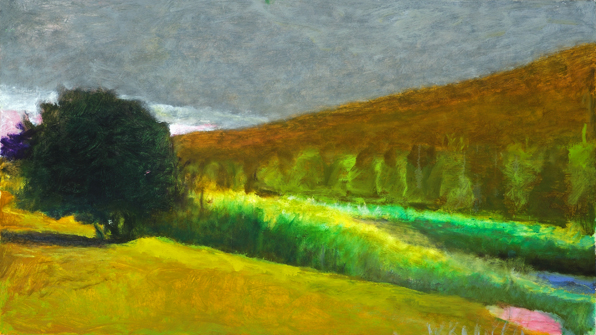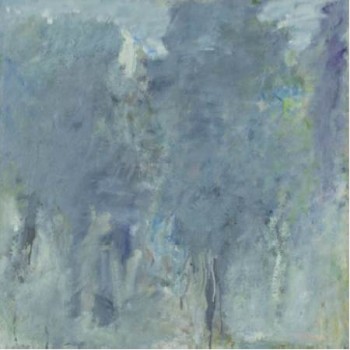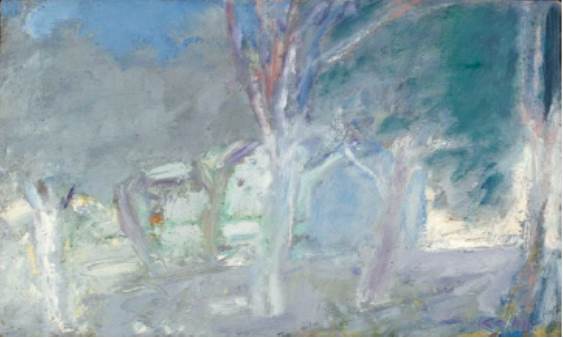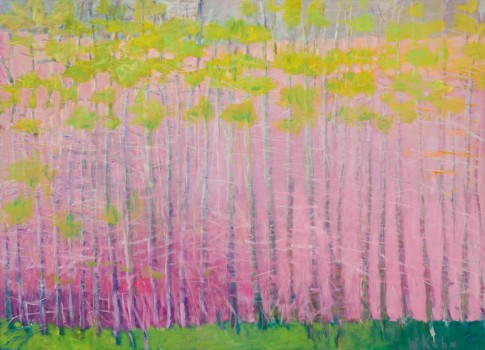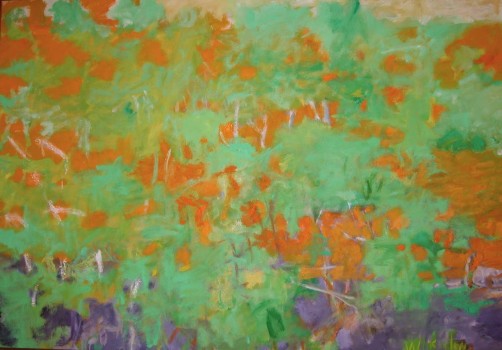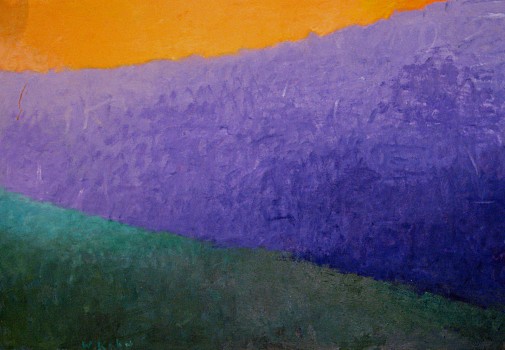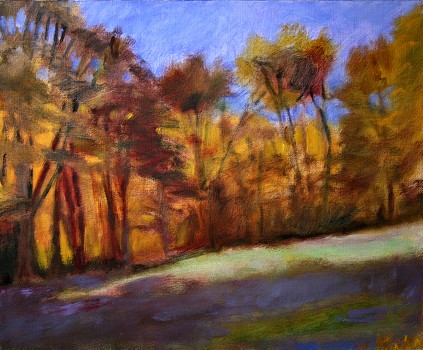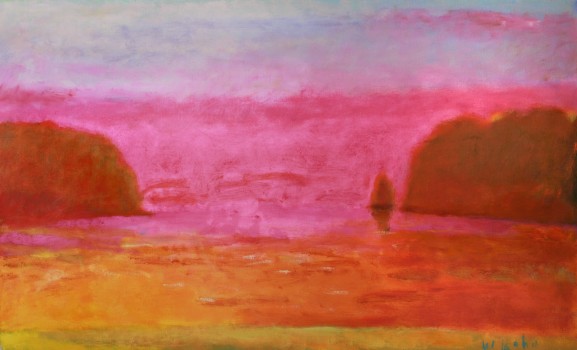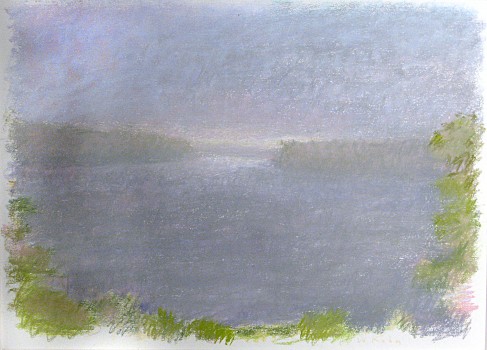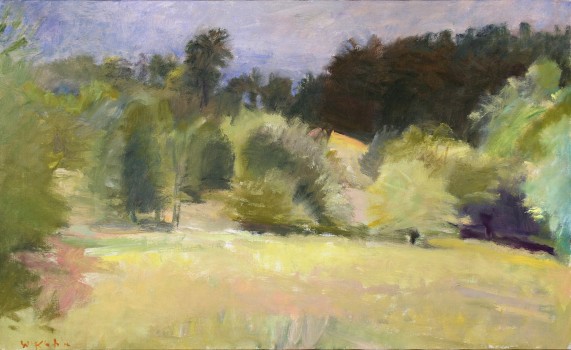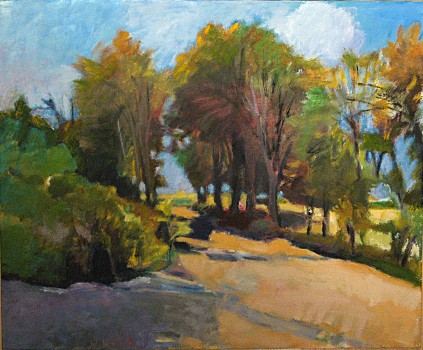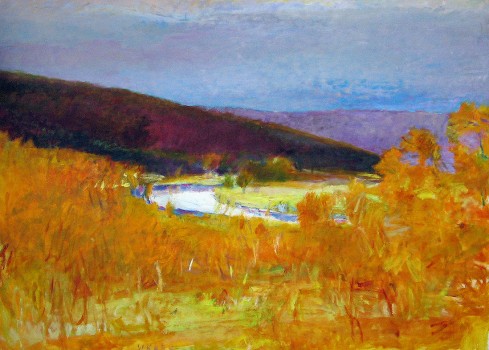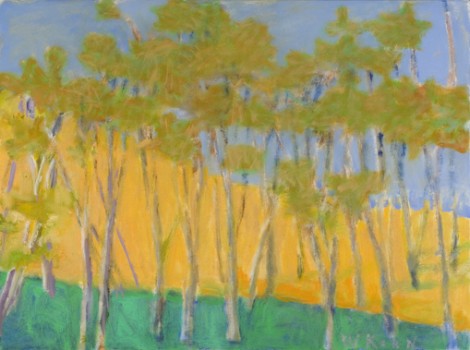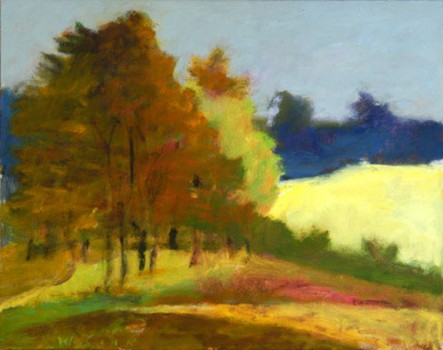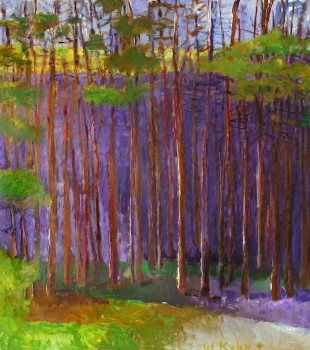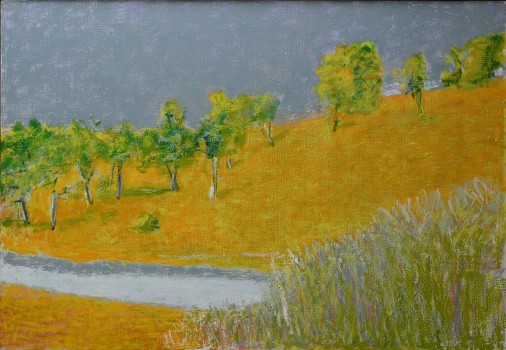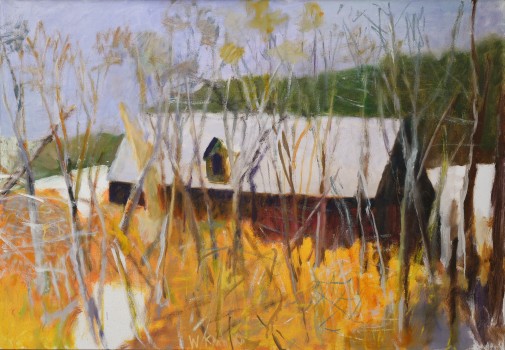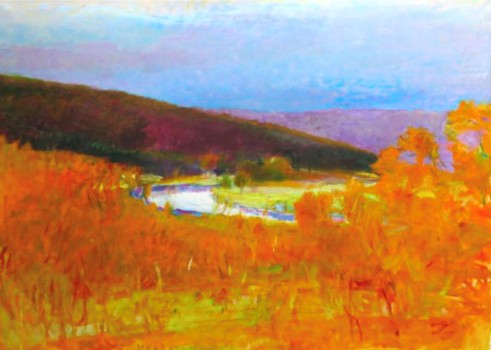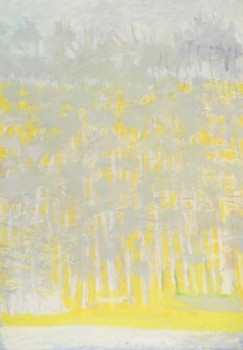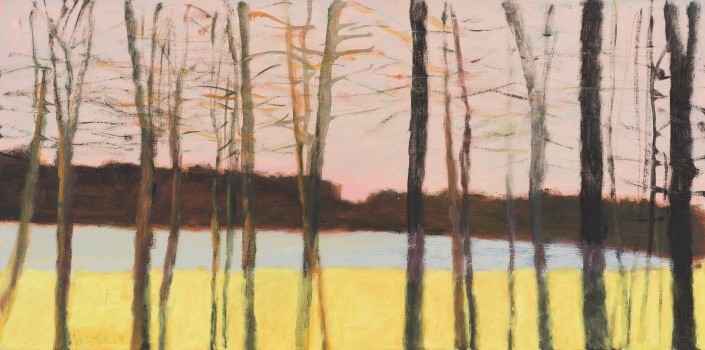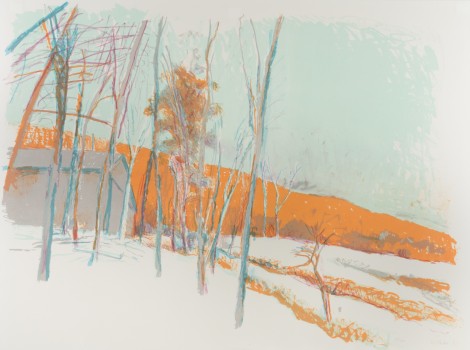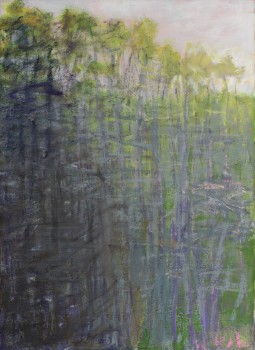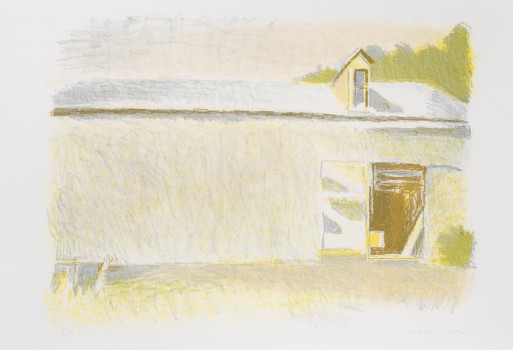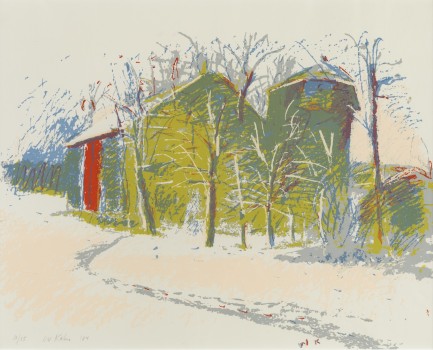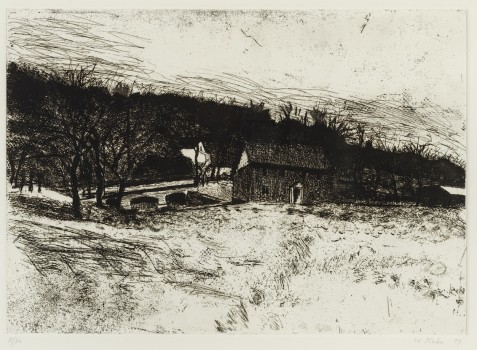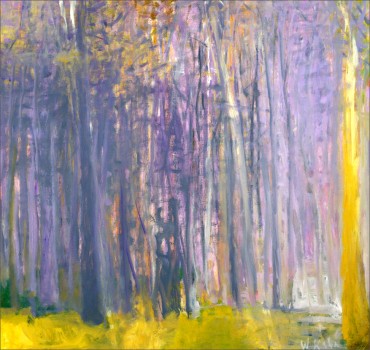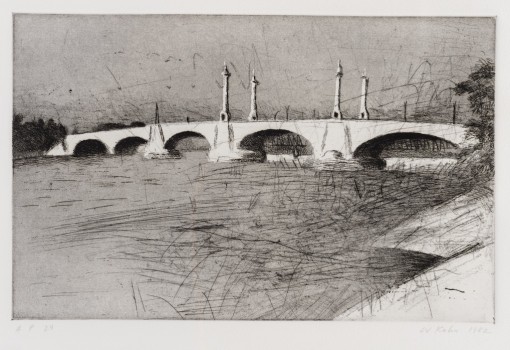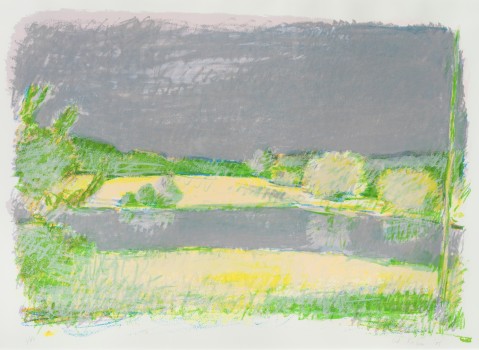
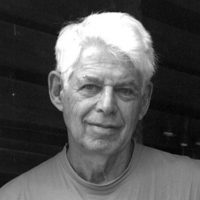
Wolf Kahn was an internationally recognized colorist and landscape painter, and he is
widely considered one of the most significant representational artists in the United
States. For Kahn, the landscape was a format and formal device that allowed him
to push the boundaries of color theory. He reduced the details of a scene down to its
basic elements: the wide rectangle of the sky, the triangle of a pitched barn roof, the
horizontal band of light over a ridge, and most often the strong vertical lines of trees.
These simplified forms take on simultaneous abstract and representational qualities
as Kahn challenged the viewer to see the genre of landscape with fresh eyes. He distilled
the sense of a place down to its most memorable and unique qualities and allowed his
interpretation of those qualities to take on its own spontaneous and self-directed
expression as he painted. Looking at his paintings is like glancing up in a forest to catch
the sunlight beaming on golden leaves and illuminating brilliant colors you never
thought could exist in nature.
Kahn studied with abstract expressionist Hans Hofmann. He later attended the
University of Chicago to receive his Bachelor of Arts (1951). Kahn was the recipient of a
Fulbright Scholarship, a John Simon Guggenheim Fellowship, an Award in Art from the
American Academy of Arts and Letters, and a Medal of Arts from the State
Department. His work is in many public collections including the Whitney Museum of
American Art, Brooklyn Museum of Fine Arts, Metropolitan Museum of Art, Museum of
Modern Art, all, New York; Boston Museum of Fine Arts, Massachusetts; Cleveland
Museum of Art and Columbus Museum of Art, both, Ohio; Dallas Museum, Texas; The
Hirshhorn Museum and Sculpture Garden, Washington, D.C.; Los Angeles County
Museum of Art, California; and Virginia Museum of Fine Art, Richmond, Virginia. Kahn
was a member of the National Academy of Design and the American Academy of Arts
and Letters. His work is widely exhibited and has been the subject of two monographs.
Website
http://www.wolfkahn.com
